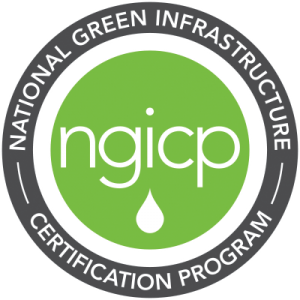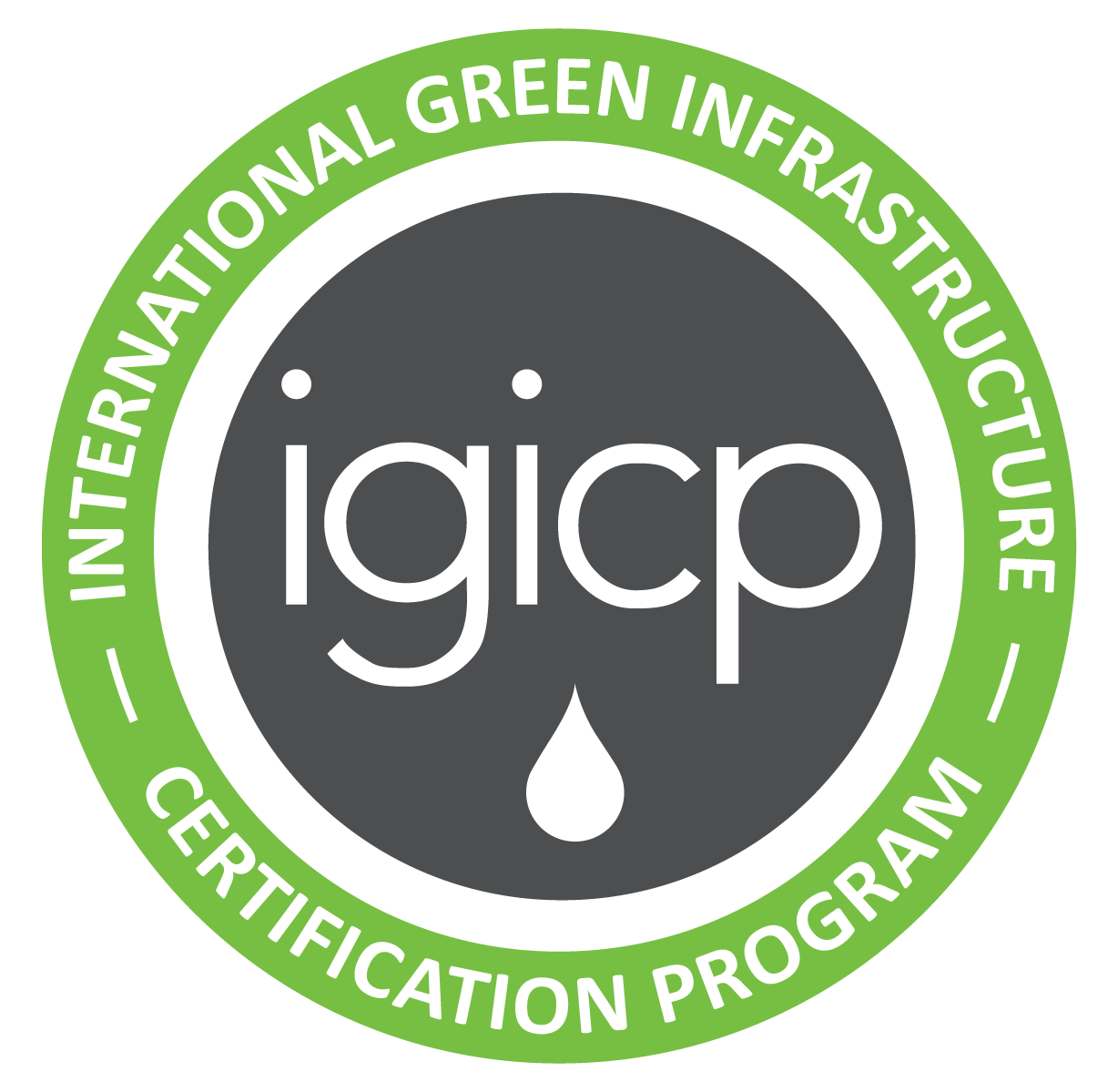The National Green Infrastructure Certification Program (NGICP) sets national certification standards for Green Infrastructure (GI) construction, inspection, and maintenance workers.
The ANSI National Accreditation Board (ANAB) granted the NGICP the accreditation under ANSI/ISO/IEC 17024, for Personnel Certification Bodies.

 The National Green Infrastructure Certification Program (NGICP) provides the base-level skill set needed for entry-level workers to properly construct, inspect and maintain Green Infrastructure (GI). Designed to meet international best practice standards, NGICP is a tool that can be used to meet a wide range of needs, including professional development for existing GI professionals and as part of a larger workforce development to provide candidates with the technical skills necessary to enter the green workforce and earn a livable wage.
The National Green Infrastructure Certification Program (NGICP) provides the base-level skill set needed for entry-level workers to properly construct, inspect and maintain Green Infrastructure (GI). Designed to meet international best practice standards, NGICP is a tool that can be used to meet a wide range of needs, including professional development for existing GI professionals and as part of a larger workforce development to provide candidates with the technical skills necessary to enter the green workforce and earn a livable wage.
Because the NGICP is designed to meet international best practice standards, the implementation of the program is done with impartiality and objectivity, ensuring that all applicants and certified individuals are treated fairly. The implementation of NGICP is governed by ByLaws and a Policy and Procedures Manual. NGICP is a new program that is growing and constantly evolving, therefore suggestions regarding how program implementation can be improved are always welcome.
 International Green Infrastructure Certification Program
International Green Infrastructure Certification ProgramThe International Green Infrastructure Certification Program (IGICP) was established when NGICP went international in May 2019, and is interchangeable with the National Green Infrastructure Certification Program (NGICP) logo and acronym.
Green infrastructure has many benefits:
Elevating knowledge and inspiring conservation of the global environment through professional certification.
SACRAMENTO OFFICE:
3054 Fite Circle, Suite 108
Sacramento, CA 95827
Phone: +1 (279) 888-6911
Email: info@envirocert.org